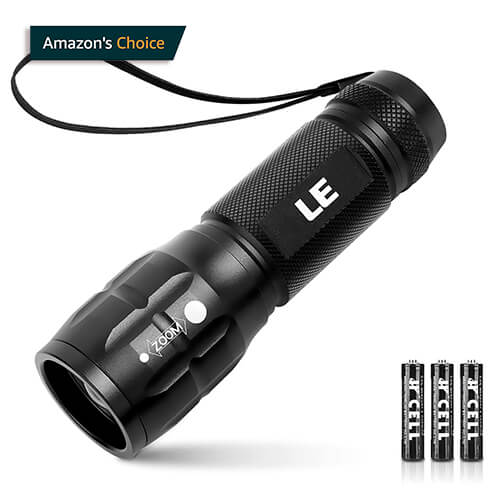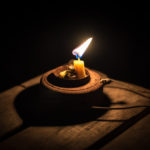It’s very easy to take the technology that we have today for granted, for example, people take for granted the sheer power that they wield when they hold a modern led flashlight. And in the case of an emergency, illumination is going to be a very crucial component of any preparedness plan.
Today, we’re going to do a comparison between the first flashlight ever invented and the most modern and currently powerful one available on the market in order to demonstrate just how far this technology has come.
Nothing really signifies civilisation like man’s ability to illuminate the darkness. Since his inception, Man has been on an eternal quest for fire. It keeps us warm, it cooks our food, and it illuminates the darkness.
In illuminating the darkness, Man has essentially taken the energy from the sun and been able to use it at his leisure. In compensating for our visual shortcomings, Light provides US security in the darkness when we are most vulnerable.
This will most certainly be the case in a prolonged post disaster situation, where the ability to detect and identify threats will be a crucial part of our survival.
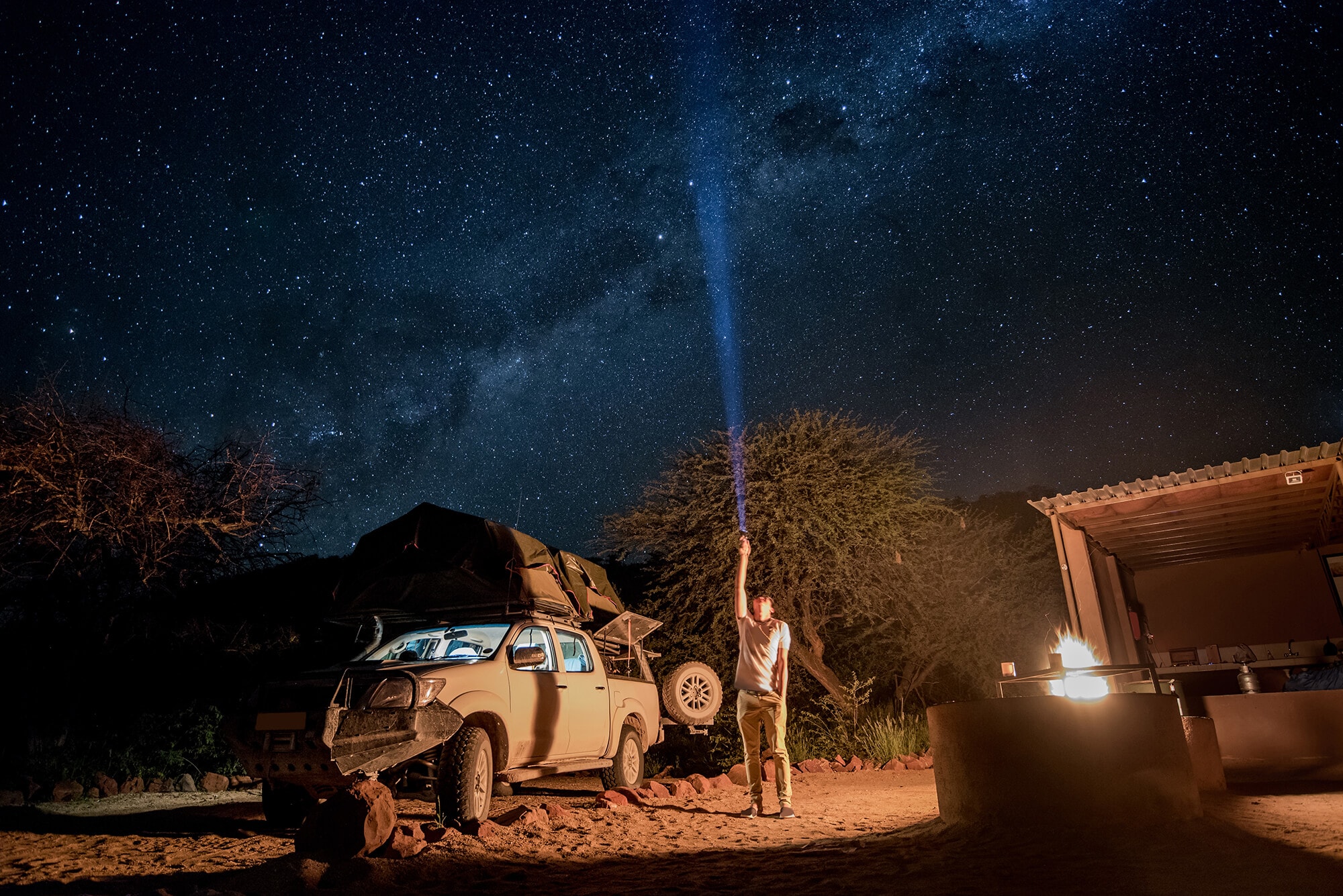
Passing the torch, Edison, Misell, Hubert
Over one hundred years ago, a man named Thomas Edison invented the light bulb. It took nearly 10,000 years of evolution to reach this point. And only 20 years after this, with the advent of portable Dry Cell battery technology, came the invention of the flashlight.
As we know it today, modern flashlight or torch technology sharply contrasts primitive means of illumination. And the flashlight technology that you have at your disposal today is exponentially more powerful than the first ones created at the turn of the 20th century.
Law enforcement gifted flashlights
The first flashlights that were ever invented by British inventor David Misell were created in January 1899.
His patents were subsequently signed over to what was then and still is known as the Ever-Ready company. The owner of the company Conrad Hubert freely distributed these to the New York City Police Department, who did actually embrace the technology with open arms in spite of the fact that it was very limited compared to what we’re used to today.
The reality is there run-time and low brightness were simply not practical by today’s standards. So the real deal, original flashlights that we can relate to today came along first in the form of carbon filament and the incandescent bulb, and they were the first to use Dry Cell batteries.
Flashes at first, not a steady light source
And the reason why they were called flashlights is because they only had the power to emit a temporary flash that gradually faded in intensity, hence the term flash light and not just light.
So perhaps now we can appreciate the colloquial term of torch, as is commonly used in the UK, because it really does make more sense to call it a torch than it would be a flashlight. Considering modern flashlights are not meant to flash.
They’re on constantly how each flashlight battery pack could produce a certain amount of flashes before it was exhausted.
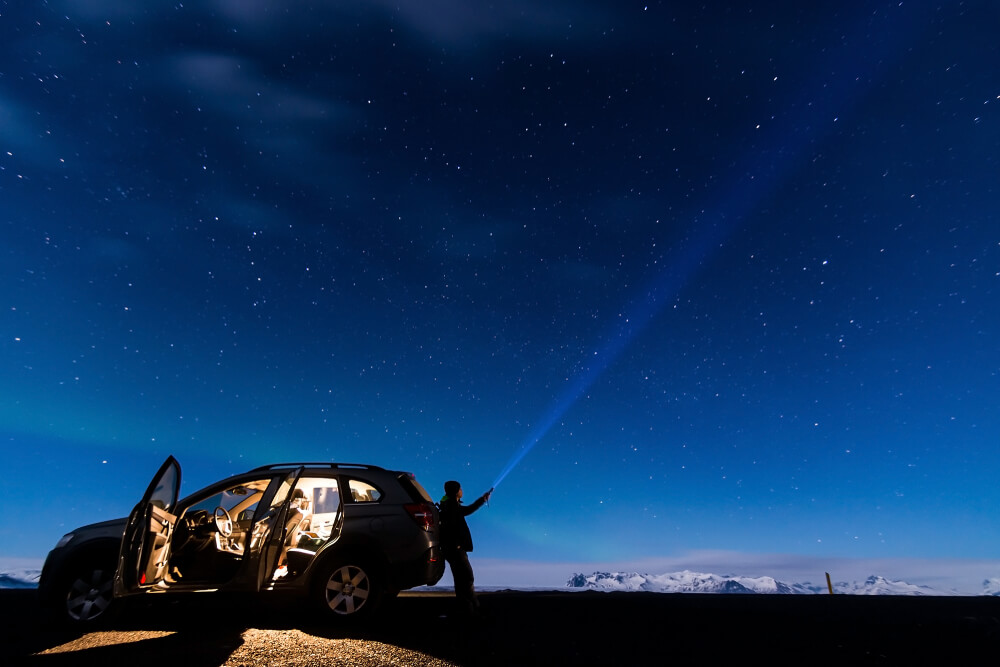
Batteries an important invention for the flashlight
And the way that they marketed at the time was by how many flashes you would get out of certain zinc carbon batteries. Now, these flashlights ran on what we commonly know today as D cell batteries, and they usually ran on two or three of them. They were relatively large compared to the modern tactical flashlights that we currently enjoy. And they had a minuscule fraction of the flashlight power of the modern day and a much, much poorer battery life. And they by far were not as durable.
The original comet flashlight is actually modified. It has a modern battery pack in it, which allows it to do more than just flash it allows it to remain on continuously modern flashlights, exceed the capabilities of the original flashlight by leaps and bounds. Nowadays, the most common light source is LEDs or light emitting diodes. So let’s compare the light of a modern old light X seven, which is one of the most powerful flashlights on the market today.
It’s not the most powerful. I believe that the E beam has a flashlight that is the most powerful. However, all light has been able to produce it at a manageable price point under two hundred dollars for a nine thousand Lumen soda pop can light, which is actually high quality. That’s actually not a bad price compared to some of the other stuff that’s on the market in that class of flashlight. Now it uses for high discharging lithium ion eighteen six fifty batteries, which sends out a disgusting nine thousand lumens or light, also has some flashlights coming on the market in the next few months, which are going to tip the scales of twelve thousand plus lumens, which is just unreal.
Now, of course, this nine thousand lumens can only be sustained for about two and a half minutes. But let’s do the math to see how more powerful the modern or light X seven is compared to the original comet flashlight. Now, let’s just assume that the comet flashlight was about three lumens, which is pretty generous estimate considering of the capabilities of the. Time and this is based on my discussions with Steve Guterman, the primary curator of Flashlight’s in North America.
Modern lumens
So in terms of Lumen output on the Mac setting, the old light zevin compared to the Eveready comet is nearly 3000 times more powerful when corrected for runtime. That means you would need 3000 New York City police officers with their comit flashlights to rival one old light X seven. I mean, just imagine going back in time with a modern or light X seven people would probably think you were some kind of God or something. If you shine the light, actually, criminals would probably just melt on sight if you pointed that at them.
Now, the original flashlights could do about three lumens, but it can only do it for a few flashes. Very, very pathetic. Now compare that to the whole seven, which can hold a three lumen output for up to 30 days. That means it can hold three lumens for up to 45000 minutes compared to the original foshay. That can only hold three lumens for about three minutes. That means it’s 15000 times more efficient. That is simply unbelievable that the span of 100 years light technology has improved 15000 times.
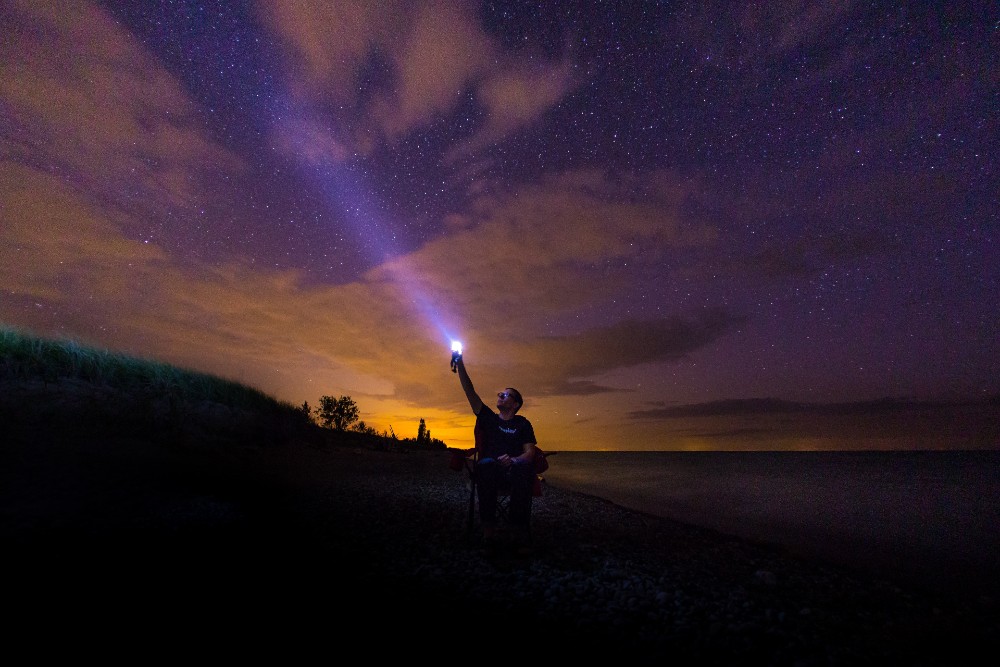
LED lights today
So what is 3000 times brighter and 15000 times more efficient? It is incredibly more durable. You can drop it. It’s the first waterproof flashlight. And of course, the LED’s have much longer lifespan. So the LED’s and modern flashlights are likely going to outlive most of the owners.
It’s very unlikely that you’re going to use your flashlight to emit light for even a fraction of the rated lifespan of most of these levees, which is in the neighbourhood of 20000 hours.
To add even more insult to historical injury, the batteries of the modern rechargeable flashlight can be charged up to a thousand times compared to these honkin D cell batteries that they had to use in the past, which once they were dead, they were dead.
They could not be recharged, well, at least not easily by the average layman. So I hope this has given you a greater appreciation of the technology that you’re able to wield as a modern day peper disremember that just over 100 hundred years ago, people’s capability to illuminate the darkness was infinitely smaller than yours.
Today, I’m going to post an article for your own education and amusement below that talks about the myriad of ways that modern flashlights as a portable light source may be powered.
The future is bright
There’s dozens of different flashlight concepts which are competing to be the de facto medium of power delivery of the future.
So go check it out. So I hope this article has been informative to you, and I hope that you now have a greater appreciation for the history of flashlights and lighting technology that’s available at our disposal.
Being well equipped with modern flashlight technology is going to give you a great advantage if there ever was a prolonged grid down situation.

